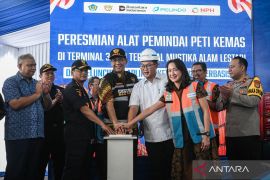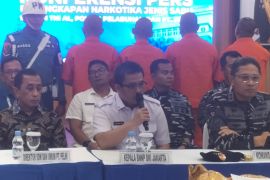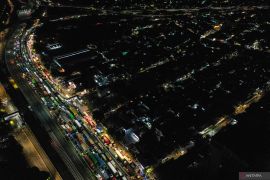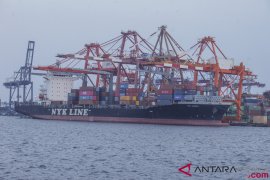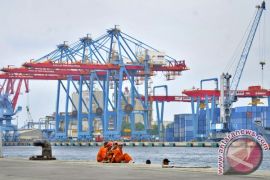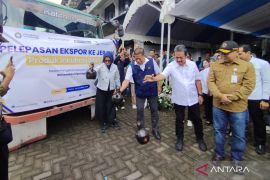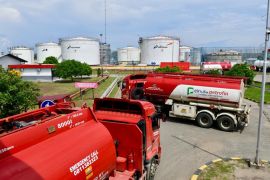The Head of Tanjung Priok Port Authority, Bay M Hasani, said on Thursday that the dwelling time efficiency was due to the efficiency of pre-custom clearance, custom clearance, and post-custom clearance processes.
"This is a remarkable achievement," he added.
He explained that the process for pre-custom clearance at present was 2.3 days, which had dropped from 2.7 days, custom clearance had slipped from 0.5 days to 0.47 days, and post-process custom clearance had dropped from 1.5 days to 1.45 days.
Bay said the biggest improvement in dwelling time efficiency was seen in the pre-custom clearance process, which was about 60 to 70 percent.
He added that the determining factor for pre-custom clearance, among others, is the considerable number of prohibitions or restrictions imposed, the speed of government agencies outside the port, when it comes to the issuance of the prohibition policy, the research on prohibition by the Indonesia National Single Window (INSW) and the awareness of importers to immediately submit the imported goods' filing document.
Bay explained that efforts to improve the efficiency of dwelling time had been achieved by setting up supporting facilities to address the export and import licensing process.
In addition, the ministerial regulation had been revised for removing overdue stacking goods at the port, from seven to three days.
"This effort would stimulate the speed of goods traffic from the port lines and help review the tariff system on storage port services," he said.
Thirdly, he said, there was a plan to build an integrated IT-based monitoring port system, which is used to trace the movement of ships and goods at the port.
Fourthly, one needed to optimize integrated quarantine and customs checkpoints.(*)
Editor: Heru Purwanto
Copyright © ANTARA 2015
